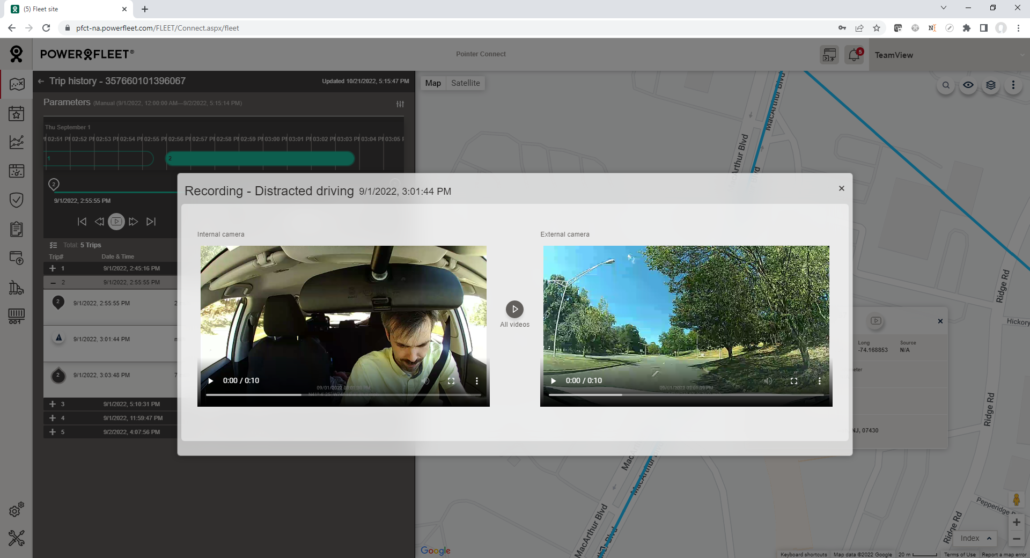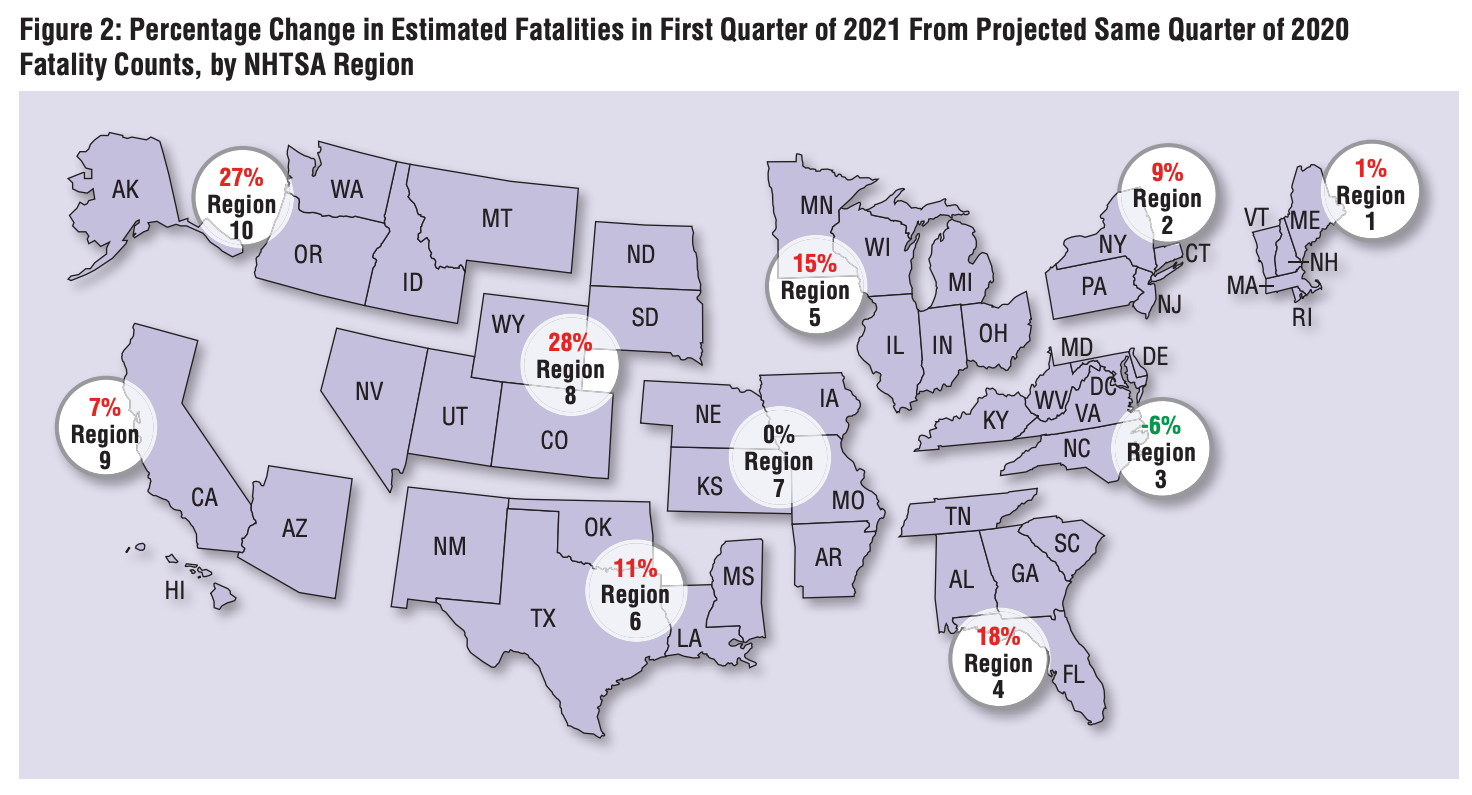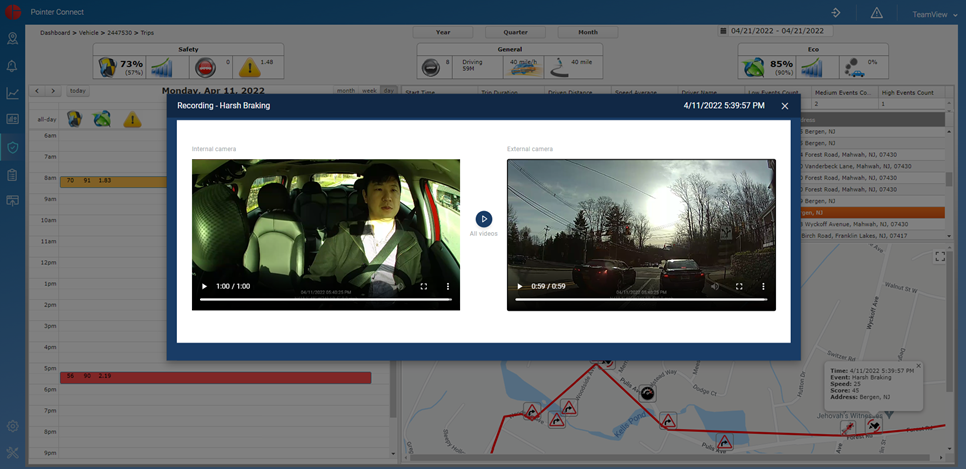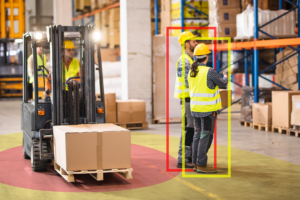Trailer tracking solutions help fleets increase profits by reducing operating costs, increasing trailer utilization, and improving customer retention with real-time visibility. Tracking solutions are commonly installed on dry vans , chassis, refrigerated trailers, containers, flatbeds, and other over-the-road assets that fleets want to track.
Let’s look at five critical factors that fleets should consider when selecting a trailer tracking solution.
#1. Power Management
There are many ways to power trailer tracking solutions, including tractor power, primary batteries, and solar power. While tractor power is a convenient and efficient way to charge tracking systems, it does have certain limitations. For example, when a tractor or trailer power connection is malfunctioning or causing poor or inconsistent power, the tracking device will not be fully charged. Furthermore, rechargeable batteries have a limited range of charging temperatures, which has an impact on charge efficiency and battery life.
The combination of a long-lasting primary and a solar rechargeable battery mitigate these issues. Solar charging and primary battery options eliminate the need to rely on tractor power. As a result, the risk of a trailer going dark is far less than other power management options.
Powerfleet’s trailer tracking solution has solar-powered super-capacitors and long-lasting batteries to provide unmatched service life and critical event visibility.
#2. Ruggedness
Long-haul trucks and trailers experience a lot of wear and tear. For example, trucks might drive through severe weather, such as hail storms, and trailers may sit idle in feet of snow. In addition to weatherproofed trucks and trailers, trailer tracking solutions and other technologies must be tough enough to survive in these elements.
One way to address ruggedness is the Ingress Protection (IP) rating system, an internationally recognized scale that conveys protection against environmental factors, including liquids and solids. The first number is protection against solids (0-6), and the second is protection against liquids (0-9), with higher numbers being better.
Powerfleet’s trailer tracking solution is IP69K, which is the highest possible ruggedness rating. There’s no ingress of dust, and the unit is protected against close-range high spray.
#3. Connectivity
Connectivity is a familiar problem in the trucking industry. With 5G networks rolling out nationwide, cellular providers looking to free up bandwidth are sunsetting their 3G networks in favor of 4G LTE networks. Unfortunately, the final 3G sunset is set to occur by the end of the year, which means that trucking firms don’t have much time to switch.
When selecting trailer tracking solutions, it’s essential to consider the types of supported networks. In particular, you should ensure that the solutions aren’t dependent on 3G networks. Some solutions may even offer 5G capabilities, although 4G LTE will be around for many years.
Powerfleet’s trailer tracking solutions all have 4G LTE connectivity. That way, fleets have access to real-time data with minimal latency along with the broadest possible nationwide coverage.
Additionally, for fleets that rely on location and status data on their assets in order to run their business more efficiently and safely, might also consider tracking solutions with dual-mode cellular with satellite fall back communication that can provide greater reliability.
#4. Ease of Installation & Deployment
Considerations for selecting trailer tracking of course include installation complexity. Although many solutions are self-contained and run on battery power or solar power, there are some solutions that do offer wired options to provide more frequent reporting options, but they may take longer to install. Fleets need to weigh their decision on the type and frequency of data they want to collect with how quickly they can deploy and install the devices.
Choosing the right system for your fleet is half the battle. Making sure a system is deployed properly and on time is the other half of the equation. When comparing trailer tracking systems, you should also consider how the system will be deployed. Equipment will vary based on the type of trailer tracker you choose. The installation of some systems may be more intrusive than others. Therefore, you should plan how you will deploy your system early on.
By installing units in-house, you have the option of installing them whenever the opportunity arises. However, this may result in uneven installation. Getting someone else to handle the work may be a better option if such downsides are a concern – you will start seeing dividends sooner.
Beyond installation, you should look for technology solutions partners that will provide ongoing support. For example, if the trailer tracking solutions or the cloud-based platform go offline, it’s essential to have someone to help get everything back up and running. Customer support becomes indispensable during an emergency.
#5 Data Reporting & Statistics
The most important part of any trailer tracking solution is the data captured and reported for timely decision making. The solution you select should provide you with insights into your fleet and operations in order to improve fleet efficiency, fleet size optimization, and customer satisfaction. There are several data points you should be looking for, including dwell time reporting, asset turns, and performance benchmarking.
Powerfleet’s trailer tracking solutions, for example, allows you to:
- Quickly identify how the fleet is performing over time
- Review trend data of the fleet including average assets used as well as drive segments over time
- Identify those assets being utilized more as compared to the rest of the fleet to determine fleet sizing and allocation decisions
- Review historic activity by customer and/or location by volume and by average dwell time
Powerfleet’s Solutions
Powerfleet offers tracking solutions purpose-built for specific asset types, including dry vans, containers, chassis, flatbeds, and refrigerated trailers. With optional sensors, you can also capture cargo area images, temperature, humidity, impacts, movements, and light, along with cargo-specific sensors for high-value pallets or boxes.
The Bottom Line
Trailer tracking solutions can help reduce costs, increase utilization, protect temperature-sensitive loads, and achieve various other benefits. There are several key considerations when selecting trailer tracking solutions, including power management, ruggedness, connectivity, and installation and support over time.
If you want to add trailer tracking to your fleet, contact us today to schedule a free consultation.






